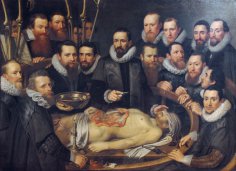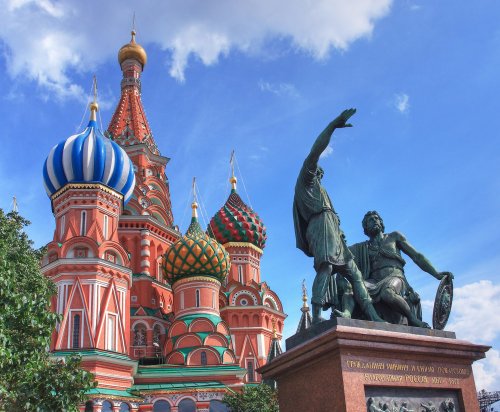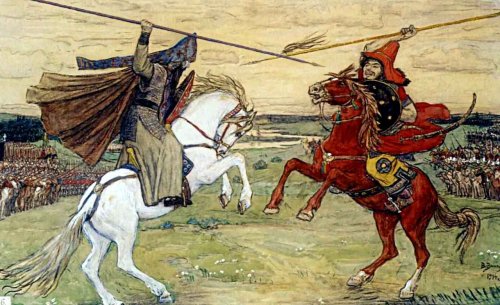
On September 8, on the Kulikovo Field, the warrior monk Peresvet was the first to die in battle, showing the Russian army the way to victory. And the victory, so important for Rus', was achieved, although the battle was extremely difficult and bloody. And from that day on, Alexander Peresvet forever entered the people's memory.
Information about the great battle and Peresvet's feat has been preserved in many literary sources of Ancient Rus. They contain certain discrepancies, but in the main they all agree, describing Peresvet's role in the Battle of Kulikovo.
Perhaps the most figurative and emotional depiction of the warrior monk's feat is in the “Tale of the Battle of Mamai”, created shortly after the end of the legendary battle. “Prince Mamai came from the Horde with his allies, with all the princes of the Horde, and with all the Tatar and Polovtsian forces, and he also hired infidels into the army… And with Mamai, in one thought and in one mind, the Lithuanian prince Jagiello Olgerdovich, with all the Lithuanian and Polish forces, and with them in alliance, Prince Oleg Ivanovich Ryazansky with all his advisers. And he went against the Grand Duke Dmitry Ivanovich of Moscow.”
A great danger hung over Russia, but it had already gathered strength after the terrible devastation of the Horde and was ready to accept the battle for its freedom. Regiments from all over the Russian land flocked to the banner of Grand Duke Dmitry. While Russian forces were gathering in Moscow and near Kolomna, the Grand Duke went to the Trinity Monastery to receive the blessing of St. Sergius of Radonezh. The chronicles relate that after the blessing, the prince turned to Sergius: “Give me two warriors from your regiment, Alexander Peresvet and his brother Andrei Oslyabya, and you yourself will help us.” And St. Sergius “ordered his warriors, the elders Alexander and Andrei, to prepare. They were known as great horsemen in times of war: Andrei drove a hundred, and Alexander drove two hundred when they fought.”
The chronicles emphasize that before taking monastic vows, Peresvet was a great warrior who repeatedly stood up to defend his native land. “This Peresvet, when he was in the world, was a glorious hero, had great strength and fortitude, surpassed everyone in majesty and breadth, and was skilled in military affairs and attire.” There are certain discrepancies in where the hero came from, but most chronicle sources call him a Bryansk boyar. And after Dmitry Olgerdovich, who reigned in Bryansk, “departed” to serve Dmitry of Moscow, moving with his retinue and boyars to Pereyaslavl-Zalessky, Peresvet, like Oslyabya, became novices at the Trinity-Sergius Monastery.
The statement in the chronicles that Peresvet and Oslyabya were brothers should probably not be taken literally. It is more likely that they were sworn brothers, which was common among warriors at the time, or monk brothers – monks of the same monastery.
Sending the monks on a military feat, Sergius gave them an incorruptible weapon – the cross of Christ, which the monks sewed onto their schemas (monastic vestments). “And he commanded them to put it on themselves instead of helmets” – apparently, this refers to the monastic headdress in the form of a cap with a hood, which the schema monks wore. Having blessed the monks, St. Sergius said to them: “Peace be with you, my brothers, suffer as good warriors of Christ!” The warrior monks fulfilled the testament of Sergius of Radonezh with honor.
The beginning of the battle is described in detail in the chronicles. “And Tsar Mamai with three princes climbed up to a high place to see the bloodshed of men, where daring men from both sides were gathering. A huge Tatar rode out from his army, like the ancient Goliath, it was even scary to see. He was three fathoms high, and two fathoms wide, between his shoulders was a fathom of a good man, and his eyes were like a beer cauldron, and between his ears was a measured arrow, and between his eyes were like drinking glasses, and the horse under him was like a great mountain.” Of course, the chronicles exaggerate the strength of the Horde hero, but, apparently, he was a great warrior. During that period, the general battle was often preceded by clashes between heroes, and Chelubey (Temir-murza, Tavrul), as the Horde is called in the chronicles, was ready to fight with any Russian warrior.
Peresvet decided to accept his challenge and addressed the Grand Duke: “He is looking for an opponent for himself, I want to go against him with weapons. After all, if I do not go against the godless one, then all of you will be defeated by him.” Having received the prince's permission, he addressed the soldiers: “Fathers and brothers, forgive me, a sinner, and bless me. And you, brother Oslabya, pray to God for me.” Directing his horse towards Chelubey, Peresvet said: “Saint Reverend Sergius, help me with your holy prayers.”
The battle between the heroes was short, they collided with such force that both fell dead, but Peresvet stayed in the saddle for a few moments longer and fell head first towards the enemy, and this foreshadowed victory in the most difficult battle for the entire Russian army.
The victory in the Battle of Kulikovo was complete, but it came at a very high price. The chronicles relate that after the battle Dmitry of Moscow rode around the field of the bloody battle. “The Grand Prince arrived at another place and found Peresvet Alexander, the Bryansk monk, lying there, and Taurul the Tatar was lying there, like the ancient Goliath. And the Grand Prince Dmitry Ivanovich said: “You see, brothers, sons of Russia, many were to drink the cup of death from him, but Peresvet defeated him.”
The fallen Russian soldiers were buried on the battlefield, but the prince ordered Peresvet to be transported to Moscow. The warrior monk was buried next to the Church of the Nativity of the Blessed Virgin Mary in the Simonov Monastery. Later, Oslyabya, who was wounded in the battle but survived, was buried next to him. The chronicles mention that after the Battle of Kulikovo, he carried out important assignments for Grand Duke Dmitry several times and even went to Constantinople.
In the 18th century, during the reconstruction of the monastery, a brick crypt was discovered, where there were no inscriptions on the tombstones (this is how monks were buried). Under the tombstones were the coffins of Peresvet and Oslyabya. From that time on, the graves of warrior monks became a place of worship.
In 1928, the Simonov Monastery was closed, and the graves of the heroes of the Battle of Kulikovo ended up on the territory of the Dynamo plant. The church where they were located was partially preserved, rebuilt for the plant's needs. In 1980, when the 600th anniversary of the Battle of Kulikovo was celebrated, the graves of Peresvet and Oslyabya were classified as monuments protected by the state. The graves were ennobled, but continued to remain on the territory of the plant. Only in 1988 was the church separated from the territory of the plant, and free access to the graves of the monks became possible.
The memory of warrior monks has always been honored by the people. Their names were traditionally given to warships of the Russian fleet. Already in this century, the name “Peresvet” was given to the high-speed train Moscow-St. Petersburg.
It is worth noting that the day of remembrance of the holy reverend warrior-schemamonk Alexander Peresvet is celebrated not only on September 8. He and Andrei Oslyabya are remembered on the Week of All Saints who shone forth in the Russian land (the 2nd Sunday after Holy Trinity), as well as on the days of: “All Moscow Saints” – the Sunday before September 8, “All Tula Saints” – September 22, “All Bryansk Saints” – October 3, “All Radonezh Saints” – July 19.
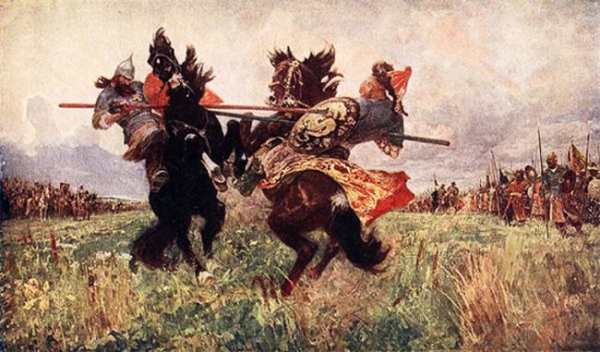
M.I. Avilov. Duel of Peresvet with Chelubey
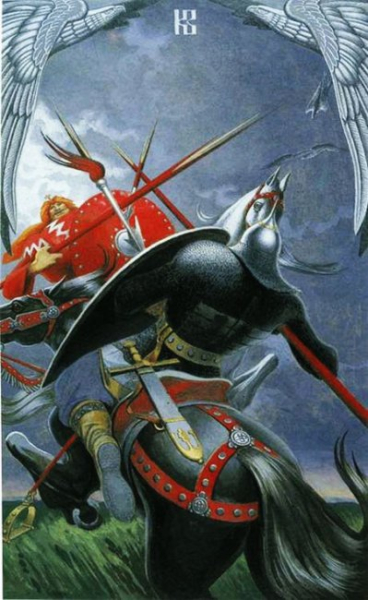
K.A. Vasiliev. Duel of Peresvet with Chelubey
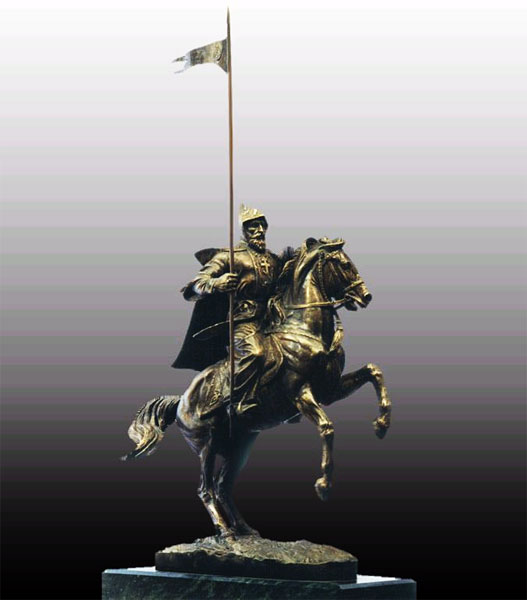
Sculptor K. Chernyavsky. Alexander Peresvet
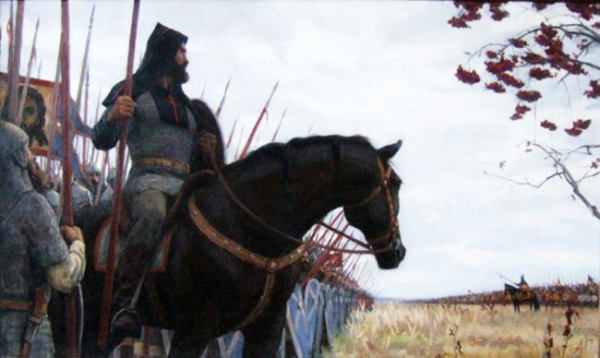
A.V. Gorodnichev. Alexander Peresvet
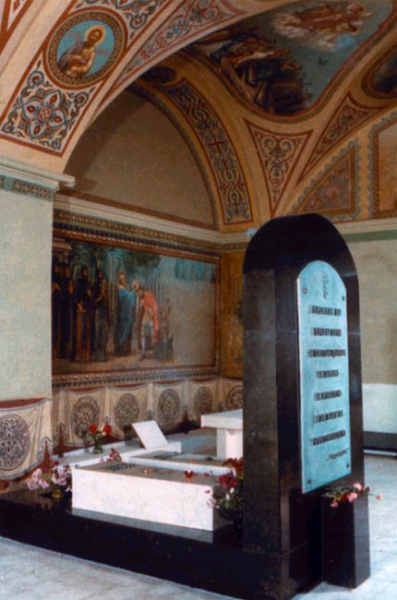
Burial of Alexander Peresvet and Andrei Oslyabya in the Simonov Monastery


